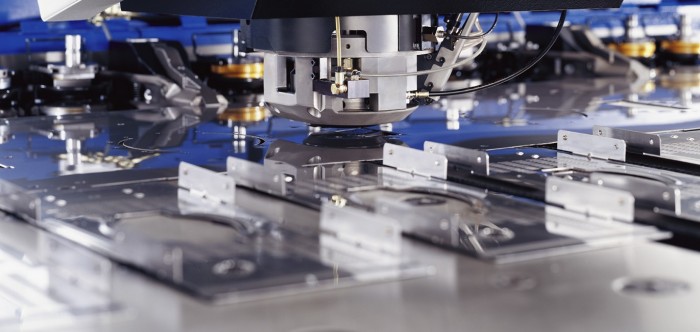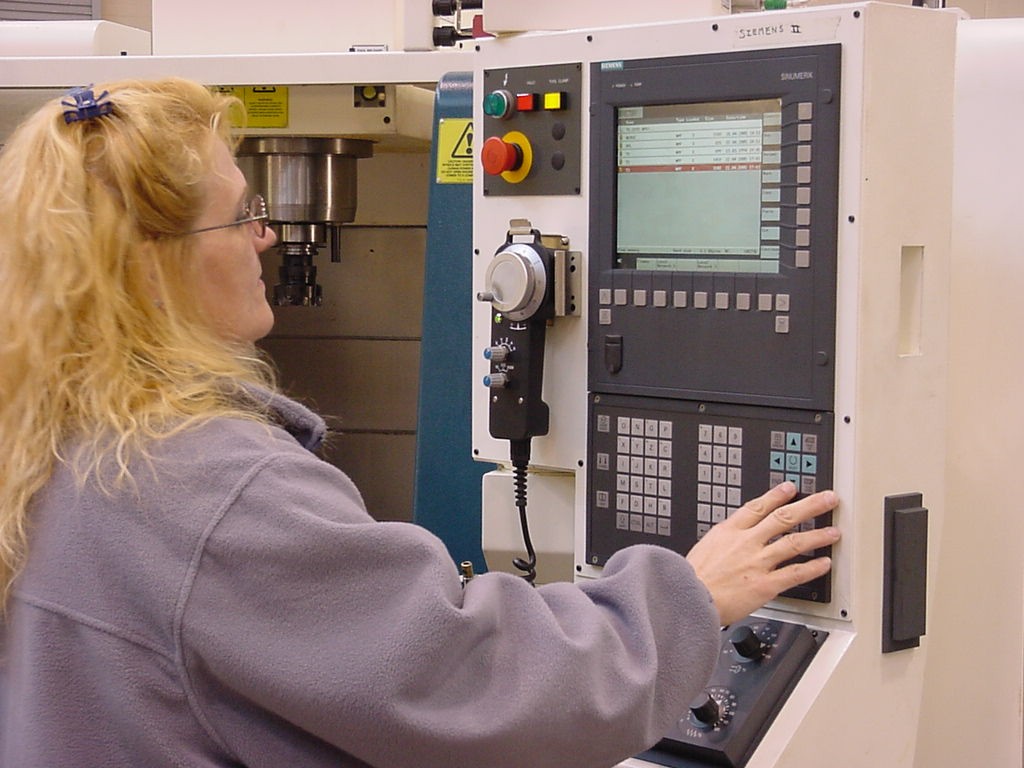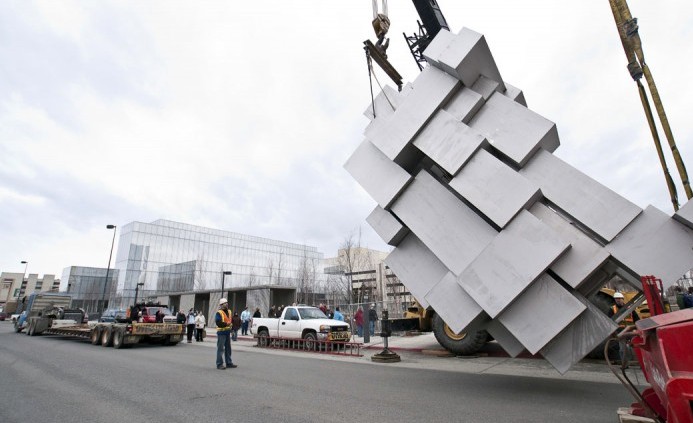Column
Filter by Process Zone:
The Ins and Outs of Punching Technology

Punch machines now do much more than simply punch holes. Today it’s all about completing multiple processes on the same machine, such as making up to one inch high flanges, tapping holes, forming, extruding, ribbing, offsetting, removing burrs from parts and more.
Not Your Father’s Punching Machine
Do punching machines still have a place in the sheet metal industry? The answer that Mike Kroll of Trumpf provides may surprise you.
The Long and Winding Road
Mike Riley reports how the recent DoD agreement between Lockheed Martin and Sciaty points to EBDM as a promising new technology that could potentially change the world of machining high-value parts.
Old Habits Must Die Hard

The number of experienced machinists in the U.S. is declining, but all shops that seek operator efficiency can still achieve it through the education programs offered by machine builders and control suppliers alike.
Fillet Welds Using Stainless Steel Shielded Metal Arc Electrodes

In developing this welding procedure, here’s how to look for the “keyhole” that is visible behind the arc and making sure that arc does not ride on top of the puddle.
Who Needs an Environmental Hygienist?
Phil La Duke of Rockford Greene International continues his look at the various specialties within the Safety function by exploring a role focused on maintaining regulatory compliance, protecting the workers, environment, and in some cases the products from coming into contact with hazardous chemicals.
Taming MIG Troubles: Tips for Solving Common Weld Defects
Tricks of the Trade: Seasoned welders will find some good troubleshooting tips in this back to basics primer from Tim Hensley of Hobart Brothers, while new welders can educate themselves toward building a solid foundation to advance their skills.
Tips to Extend Spindle Life
Ed Zitney, Jr. of SKF Machine Tool Services explores some of the proactive tricks of the trade that can go a long way toward contributing to the health of a spindle.
Estimating Total Welding Costs

Keeping your welding costs low goes far beyond buying the lowest priced wire available. You must analyze how welding processes that increase deposition rate and increase productivity will reduce the largest component of welding costs – your labor and overhead. Here’s how to do it.
Labor Revisited, Part Two: A Different World
Much of our work right now is still physical, but we have all witnessed a lot of manual labor vanish into the digital world of sensing, digital communication, and intelligent response. Physical jobs are disappearing into the second economy, and guest columnist W. Brian Arthur believes this effect is dwarfing the much more publicized effect of jobs disappearing to places like India and China.
Ten Ways to Build Profit When Raising Prices Isn’t an Option
Steve LeFever of Profit Mastery explores how even small changes in your margin can have huge impacts in your gross profit because the largest percentage of your costs is tied up in the costs of goods sold.
Bending Aesthetics: When the Finish Comes First

Sometimes marks caused by the lower die during the bending process can turn a good part into scrap metal, even if the scrapes are very light and have no functional bearing on the part whatsoever. To deal with this problem, it is necessary to reduce or eliminate the movement of the material over the hard shoulders of the die. Here are several ways to do this.



